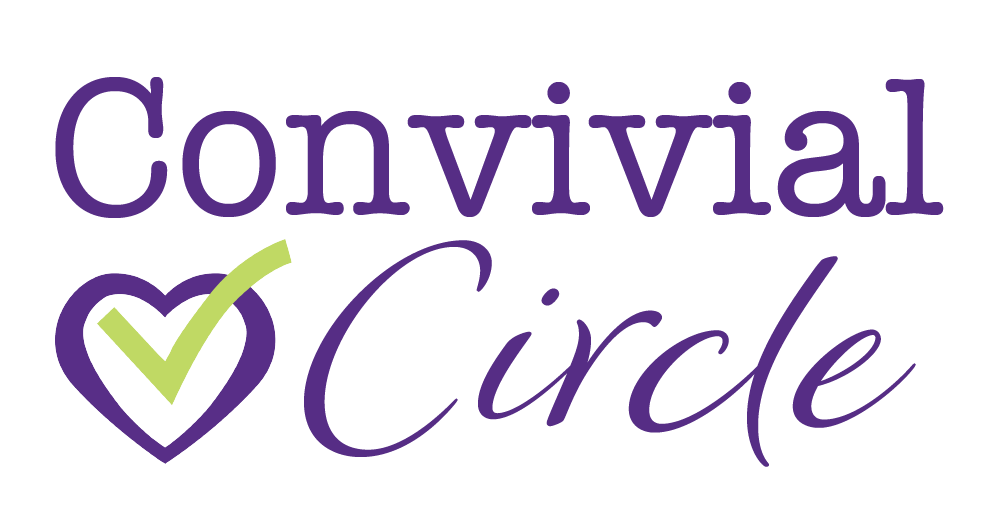Keeping your to do list short beats decision fatigue and jumpstarts motivation.
We all know the feeling: There’s just too much to do.
When you feel that way, make your to do list shorter, not longer. Really.

Do you ever feel like the more you have to do, the less you actually get done?
That’s a real thing that happens for a real reason: decision fatigue.
The first step that you have to do to prevent decision fatigue and then to get started is decide what to actually do next. It seems simple but it can be hard. The more options there are, the more that’s rattling around in your head, the more thought and energy it takes to come to a conclusion and just get started.
So, let’s figure out how to make our to do lists short and simple, so we can actually get them done each day.
Step one is that you actually need two to do lists.
List #1: A Master To-Do List (this one isn’t short)
The first list to keep is a running list of all the things that need to happen; big or small, routine or not. Everything that needs to happen needs to be written down and kept.
But that’s not your to do list that you actually work from day to day. Think of it like the safe-keeping place so that you’re not keeping track of everything in your head—you’re keeping things safe and written down where you can refer to it as needed, jog your memory, where you’re not afraid you’re going to lose something or forget something.
List #2: A Daily To-Do List (this one is short)
Then, you need the actionable daily to do list. You can choose from that master list what goes on today’s list, but the list that you’re making for today is short. It’s prioritized. It’s a list of what’s most important today. Sometimes that’s going to be something that’s not even on your master list. Days are like that.
Keeping a daily to do list allows you that flexibility you need to adjust to real life as it unrolls.
Your daily to do list then is a prioritized list. It is not even all the things that you will do. It is your top three things for the day, the three things that, if you do those it’s going to be better tomorrow. The three things that are going to make a difference.
It’s easy to get distracted of the little things that pile up but then we end up never getting to those important things that aren’t necessarily urgent.
This short daily to do list is where we make sure that we do not lose sight of what’s important in our days. Now, we need to keep this to do list short because we don’t have unlimited time, we don’t have unlimited energy either. So, we have to choose. We have to make tough choices and then we need to write them down so that we can stick with those choices.
And we make this list every day because every day our time is a little bit different—the time we have available, the kind of energy that we have available—and so we can look at what we actually have by looking at our calendar, looking at our commitments, and we can choose what’s most important.
Sometimes, appointments might take up all day and so we don’t want to write a list that assumes we’ll be able to get a lot of home projects done. Or maybe even any of our routines done. Our daily to do list is made in light of the reality of today.
It takes practice and experience to know how to pick a viable, realistic top three. It’s not something that anyone can tell you what you should pick. It’s something that you have to think about, figure out, try, experiment, iterate, and continually learn from your own experience by evaluating how it went, making observations, and moving forward in light of what you learn.
In this way, with this daily practice of learning how we work, learning what our real responsibilities are, recognizing what we tend to procrastinate on, and seeing what’s really important.
In this practice, over time, we make better and better choices. And, because those are self-determined choices that we know are realistic and necessary, we also grow in our self-motivation and momentum and follow through in actually doing them. And that’s really what we’re after.
So, you need to identify your priorities. That’s hard to do but you’ll get better at it with practice. So, practice every day and write three to do’s down on a daily index card.
You will, of course, do more in a day than the three things written down on your index card, but if you start with what’s most important, you’ll feel better about how you’ve used your time and you’ll probably even get more done in the long run because you’re focused and clear. You’ll see you’re spending your time well.
We tend to waste more time in distraction and indecision when we aren’t working from a clear list. So, give it a shot. Try it out. And let me know in the comments below how it’s working for you.
Related: How to
manage a to-do list
At Simply Convivial, we do not believe in one-size-fits-all planning.
I’m all about teaching you the principles and the skills that you need to figure out what’s going to work for you in your particular situation with your particular needs.
- Get gospel-focused advice and encouragement.
- Level up your plans and progress, one step at a time.
- Find accountability with likeminded women without any social media drama.
- Experience the homemaking mentoring you’ve always wanted.
- Learn to love being a homemaker!


